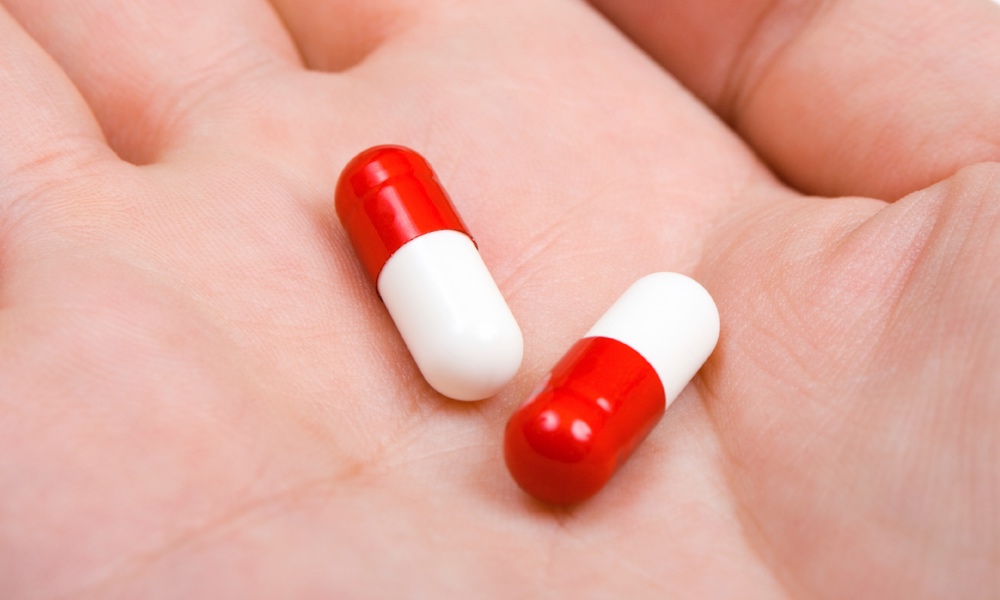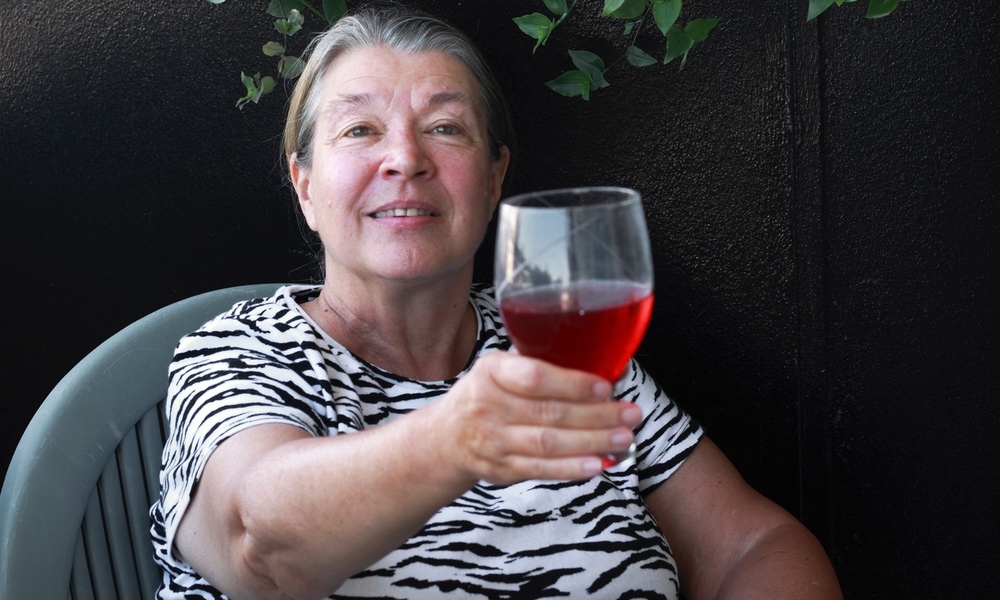Parkinson's Disease (PD), of unknown cause, is the most common type (approximately 80%) of Parkinsonism, a condition characterized by changes in the brain's motor control areas (basal ganglia). First described by James Parkinson in 1817, it is the name given to a whole group of conditions in which disruptions of motor and nerve function occur. PD usually occurs between the ages of 40 and 70 years, with peak age of onset in the sixth decade, and it is rare before the age of 30. The symptom first noticed by a patient is a tremor at rest, often in the hand, which appears early in the disease and may remain throughout. Other secondary factors can cause the remaining 20% of Parkinsonism:
- Methanol (rubbing alcohol)
- Carbon monoxide intoxication
- Cyanide
- Carbon disulfide intoxication
- Manganese intoxication
- Creutzfeldt-Jakob disease
- AIDS
- Fungal infections
- Multi-strokes
- Chronic hepatocerebral (liver-brain) degeneration
- Hypocalcemia
- Lithium
- Dopamine receptor blockers (neuroleptics)
- Dopamine depleters (tetrabenazine, reserpine)
Parkinson's Disease is progressive, the symptoms worsening over the years. The main symptoms can be remembered with mnemonic PART:
- Postural reflex impairment (stooped posture)
- Akinesia/Bradykinesia (loss of voluntary movement)
- Rigidity (cogwheel) (stiff movements)
- Tremor (resting)
Initiation of treatment (especially drug therapy) is a very important decision in the management of PD and is highly individualized. If the symptoms of disease do not affect the patient's life, treatment is usually not helpful. It is recommended that the disease be left untreated until it limits motor functions.
When treatment becomes necessary, physical therapy, with emphasis on posture and gait, should be the first component. Visualization techniques to improve gait can be particularly useful. Next, drugs and surgical techniques will need to be considered.
Levodopa
- Carbidopa/Levodopa
- Carbidopa/Levodopa (controlled-release)
- Pramipexole (Mirapex®)
- Ropinirole (Requip®
- Pergolide (Permax®)
- Bromocriptine (Parlodel®)
- Tolcapone (Tasmar®)
- Entacapone (Comtan®) Investigational drug.
- Procyclidine (Kemadrin®)
- Trihexyphenidyl (Artane®)
- Benztropine (Cogentin®)
- Selegiline (Eldepryl®) (MAO-B inhibitor)
- Amantadine (Symmetrel®) (antiviral agent)
- Vitamin E
- Hormone Replacement Therapy (HRT)
- Ethyl Ester of levodopa
- Remacemide
- Immunophilins
Because many of these drugs act on the brain, your doctor will very carefully need to decide which drug to use, balancing a drug's benefits against its side effects. Levodopa remains the gold standard against which all the other drugs will be measured but almost all patients who take levodopa on a long-term basis develop complications. Nevertheless, it is appropriate to start with levodopa if symptoms interfere with activities.
The most frequent side effects include:
- Early morning inability to move
- Fidgetiness or restlessness
- Loss of refreshing effect of sleep
Low blood pressure upon sitting up or standing (orthostatic hypotension) may be caused by the disease itself or may be a side effect of the anti-parkinsonian medications (most likely direct dopaminergic agonist). If minimal, no treatment is necessary. Otherwise the following may help:
- Elevate head of bed
- Drink a large glass of water in morning
- Adequate salt intake
- Do not limit late evening fluid intake
- Compression stockings (need to be put on while in bed)
- Bedside urinal and walker
- Florinef®
- Midodrine® (new alpha 1-adrenoreceptor agonist)
- Most commonly due to all dopaminergic drugs; taking medication with food is helpful.
- Carbidopa can be used as supplement.
- High fiber diet
- Increase fluid intake
- Bran, psyllium, and docusates
- Cisapride (propulsid)
- Anticholinergic and narcotic containing drugs should be avoided.
| Psychiatric/Behavioral Disorder | Treatment |
|---|---|
| Psychosis and hallucinations | Reduce dosage of levodopa Stop or reduce:
|
| Depression | Antidepressant If apathy is major feature, use stimulating antidepressant. If sleep disturbance is major feature, use sedating antidepressant. |
| Sleep Disorders | Caffeine Increase activity |
| Sleep fragmentation | Sedating antidepressant Benzodiazepine (short-acting) Controlled-release carbidopa/levodopa |
| Vivid dreams/nocturnal vocalizations | Decrease dopaminergic medication near bedtime |
From the onset of symptoms and throughout the course of PD, psychological support will be needed. A team approach, involving the family (primary care) physician, neurologist, family members and physical, occupational and speech therapists, works best.
These include an elevated bed to allow the patient to rise easily, a chair with armrests and a firm seat, a urinal or commode near the bed, raised toilet seat and a grab bar. Utensils with large handles, easy hold cups and nonskid plates. Specific spoons to control tremor are available.
This is a very important aspect of the PD patient's life, so they need careful consideration in assessing their driving capability, e.g., mental status, judgment and reaction speed.
Especially when depression occurs, psychological counseling may be useful and antidepressants helpful.
To help the patient manage the activities of daily living.
Simple exercises, such as swimming, walking and bicycling, should be encouraged. As the disease advances, prescribed exercises likely to improve postural instability, stooped posture and shuffling gait should be instituted. Strength training needs to be continued throughout life. Visualization techniques to teach the patient to step over objects may improve gait.
A recent report suggests that a special exercise program can improve mobility in patients with early and mid-stage PD.
Daily flossing and tooth brushing with fluoride or tartar-control toothpaste are recommended.
All available information should be provided to the family members and caregivers so they understand the PD and its complications. Caregiver support groups can be helpful.
Diet should be well balanced and dietary consultation is often helpful.
Different surgical techniques have been tried to relieve PD symptoms, especially the motor disturbances. Tiny areas of the brain are either removed or frozen, or their connections to other parts of the brain severed.
A newer procedure, deep-brain stimulation (DBS), is an alternative to surgery that may reduce postural rigidity and some of the pain associated with PD. A stimulatory device, much like a cardiac pacemaker, is implanted in the upper torso and wires are threaded to the brain's motor areas. Though it provides functional improvement, the disadvantages of DBS are that the stimulatory device may need replacement because of fracture or infection and the battery will need to be replaced after several years.
Another new approach, primarily for advanced PD patients, involves transplantation of adrenal gland cells or fetal nerve cells. At present, there is little human data supporting this approach.
Future techniques include electromagnetic brain stimulation which has, in some individuals, produced dramatic improvement and the direct delivery into the brain of genes or cells engineered in the laboratory to reverse some of the cellular damage that occurs as part of Parkinson's.




